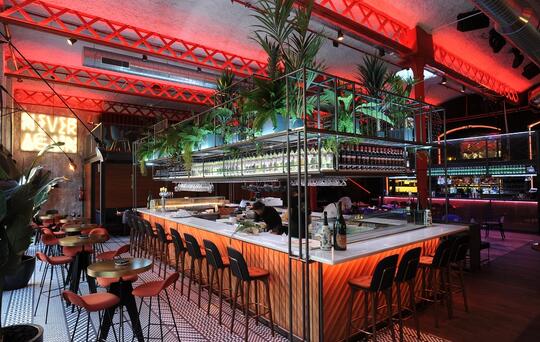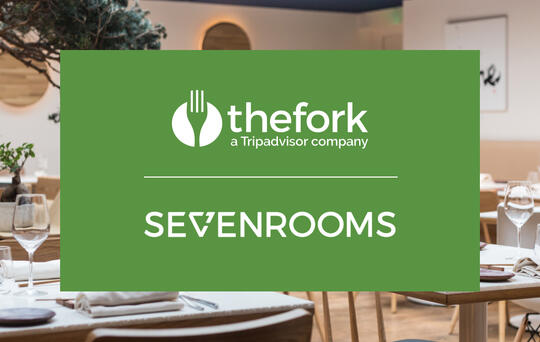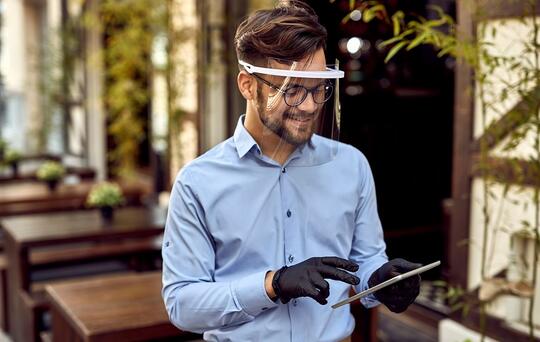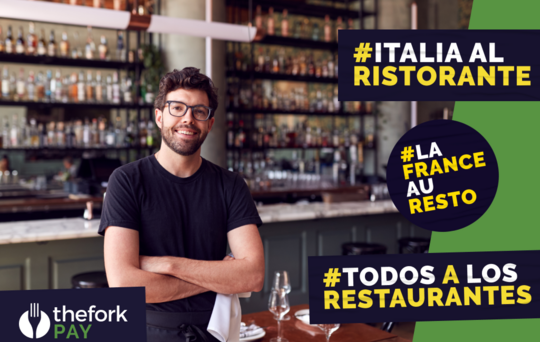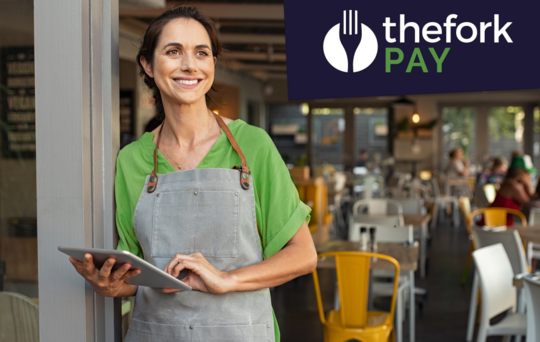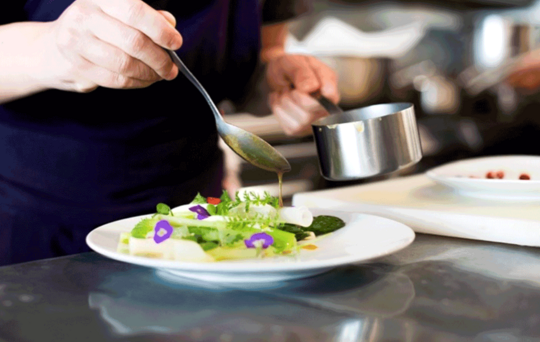The transformation of the restaurant in the digital age

The future has arrived in the restaurant industry. Thanks to new technologies, restaurants are improving their quality and revolutionizing the clients experience like never before, offering gastronomic evenings that are increasingly more personalized and surprising. It is a breathtaking change in the industry that is driving entrepreneurs to imminently join the digitization in a restaurant bandwagon. Is your business keeping up?
If you answered yes, then we congratulate you, because it means that both you and your team have understood the importance of digitization in a restaurant. If you answered no, then keep reading and discover why you should adapt your business to present times.
A paradigm shift
The first thing you need to understand is that the relationship between the restaurant and clients has changed:
Before: Clients came to the restaurant and got used to its product and service conditions.
Nowadays: The restaurant needs to look for clients (in the digital world), attract them, win them over and tailor their products and services to their preferences.
This is where technological tools play a leading role. First of all, they enable a direct connection with clients through digital channels; second of all, they enable a business to administrate all its internal processes more efficiently in order to achieve excellence and build diner loyalty.
To give you an idea, these are the scenarios for the restaurant's digital transformation:
A digital presence
As we have previously mentioned, you have to be where the clients are nowadays and create digital content that will consistently woo them and attract them to the restaurant. Social networks, specialized portals (such as TripAdvisor and TheFork), websites and mobile applications allow restaurants to be a part of consumers' lifestyle . Accordingly, competition is fierce. Because of this, it is crucial to have digital interaction strategies that keep the clients hooked to the restaurant's brand image most of the time. Make it so that whenever clients think about eating out, the first thing that comes to mind is that delicious salmon recipe that the restaurant chef prepared in the live video that was published on their social networks.
Purchasing supplies online
Something as routine as purchasing supplies is nowadays done faster and easier: via the internet. Suppliers sell their products online, which saves time and effort for restaurateurs, especially when it comes to purchasing the usual, high-consumption supplies. This dynamic also helps better control costs and restocking, since everything is recorded digitally. With these solutions, restaurateurs have more time to invest in tasks such as quality control, searching for new products or new partnerships to make offerings profitable.
Digital ordering system
Gone are the days of taking an order with a pen and paper, for there are digital ordering tools on the market that allow the waiter to take notes on a tablet and send this information directly to the cooks. In this respect, there are even restaurants that have a mobile application from which their clients can place their orders before arriving at the establishment. All this allows for the following:
- Automate communication between the dining room and kitchen.
- Reduce the margin of error in orders.
- Shorten wait times for clients.
- Reduce tasks and staff fatigue.
- Give clients greater liberty and convenience in their gastronomic experience.
Restaurant management software
This is one of the most complete tools that have emerged from the digital transformation of restaurants. At TheFork, we are very happy to have been involved in producing one of the most utilized management software programs on the market. We created it 11 years ago to help restaurateurs with the enormous task of managing their businesses. Today, we can say that TheFork Manager plays a leading role in the digitization story of restaurants.
It is an extra team member with a multitude of functions:
- It can manage reservations digitally and allow them to be organized in a digital floor plan before every meal service.
- It has a database to record the preferences and key information of clients.
- It helps double table bookings and boost profits thanks to real-time management and visualization of table turnover.
- Makes it easier to achieve maximum capacity with the waiting list function, where clients sign up when online availability is exhausted.
- Helps ensure minimum profit with the guarantee function via credit card, which allows you to bill clients (with their prior consent) who do not show up without prior notice.
Efficient bill payment
Thanks to new technologies, we also have digital bill payment in restaurants. There are various tools on the market that allow the clients to pay the bill without needing the waiter. For instance, through a tablet connected to a payment system or even through a mobile app from their smartphone, where they enter some information with the table number or a QR code. It is also possible to split the bill among diners, which is a service that is currently in high demand.
Recording the clients satisfaction level
If the clients has already paid their bill, it is important to determine their opinion regarding the service and the food that they have just tasted. To that end, restaurants nowadays have technology that allow clients to fill satisfaction surveys before leaving the establishment. As a matter of fact, they can log on to their TripAdvisor and TheFork profiles to submit their opinion and invite other clients to have the same experience that they enjoyed. If the client forgets this step, TheFork manager also makes it possible to send them a text message upon leaving the restaurant, which contains a reminder and a link so they can instantly leave a comment.
Analyzing clients information
In the digital age, analyzing the consumption habits of clients is fundamental for nearly every aspect of a restaurant: the marketing plan, menu creation, clients service techniques, purchasing supplies, etc. How do we obtain this information? Through various means. Social networks such as Facebook allow you to determine clients-follower information such as their birthday, marital status, occupation, which are very useful for marketing strategies. And management software such as TheFork manager allows you to record clients' tastes, preferences and spending levels as well as obtain detailed statistics about these consumption patterns, which are essential for making short, medium and long-term business decisions.
Delivery service
While we're on the subject of growing industry trends, we cannot ignore delivery service in restaurants, which is no longer done by phone, but via a mobile application. It is a new business model that has prompted some restaurants to have dedicated kitchens and staff for these orders, in addition to forming partnerships with home food delivery services. The thing is that if demand grows and clients request it, you have to be on it.
Training
In light of all these challenges... how can I obtain a team that can handle digitization in a restaurant? Through ongoing training. The industry is seeing an increasing number of culinary schools, where students not only learn to cook for or serve clients but also acquire knowledge about all these technological tools along with sales and business strategies that are in line with the times in which we live and times that are yet to come. At TheFork, we have partnerships with schools such as the CETT in Barcelona or the Basque Culinary Center in Gipuzkoa, where new professionals learn how to use our tools and prepare themselves for the work challenges that await them.
Feeling tired yet? There's still more.
Current trends indicate that, in the near future, many restaurants will have drones flying over the dining room to carry orders , while clients wait at digital interactive tables, where they can check the weather, read the news, play and learn a wealth of information about the menu and its preparation.
With such a future lying ahead, restaurateurs will become increasingly less resistant to digitization in a restaurant. Together, we will make ignorance about tools and the fear of investing in them a thing of the past. Is your restaurant tailored to the digital age?


